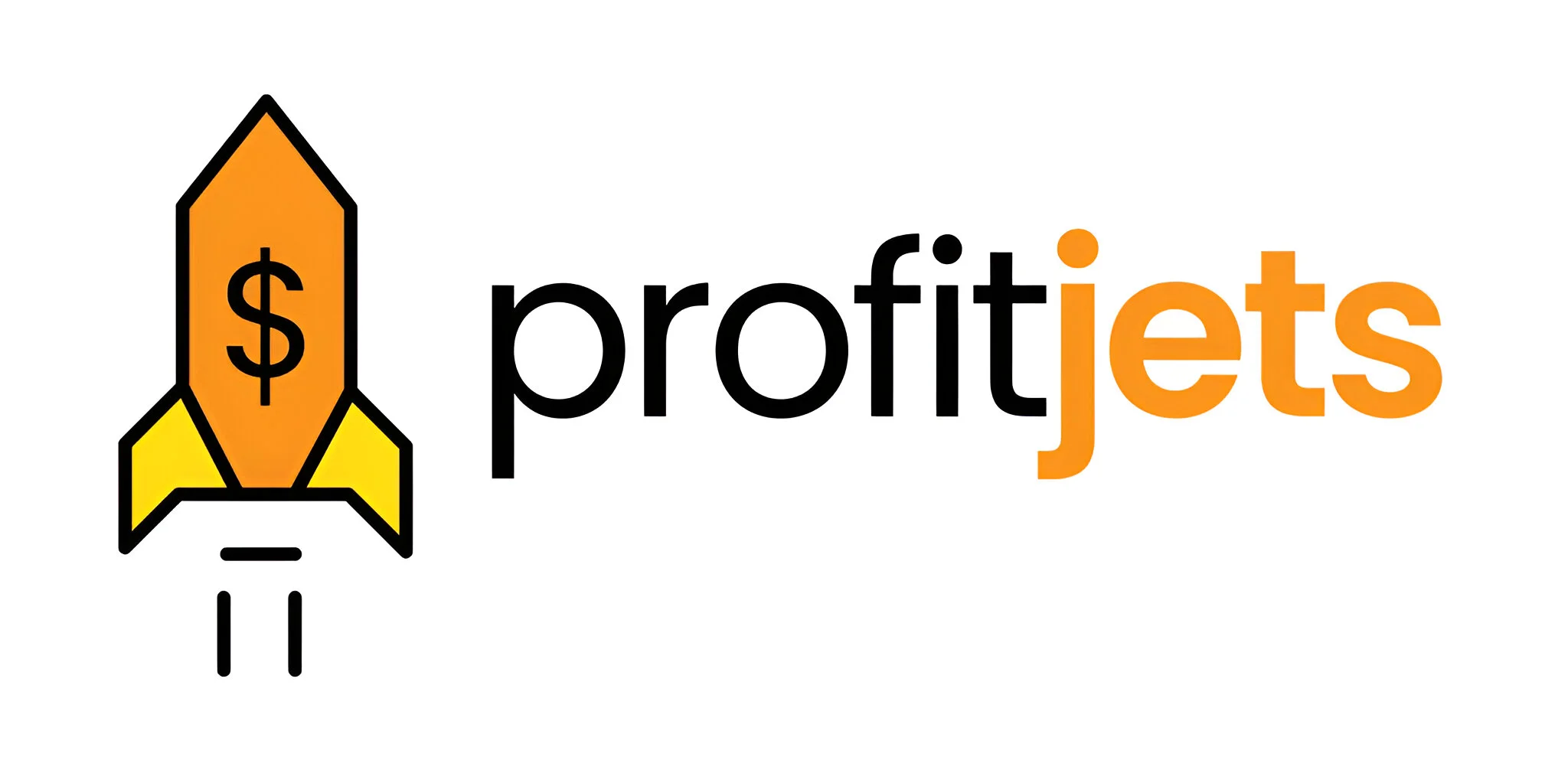What Are the 10 Things You Should Know About Form 1099?

The U.S. tax code evolves every year, and 2025 brings significant changes to Form 1099 reporting. Whether you’re a small business owner, a startup, a freelancer, or an e-commerce seller, this form is crucial for accurately reporting income. Here are the top 10 things you need to know in 2025, plus essential updates you can’t […]
What is the Difference Between Estate Tax and Inheritance Tax?

When a U.S. citizen passes away, several types of taxes may become relevant depending on the size of the estate, the relationship of heirs, and the state in which the deceased and heirs reside. Four central taxes worth mentioning are the federal estate tax, the state estate tax (if applicable), the state inheritance tax (if […]
California’s Inheritance Tax & Strategies to Manage Tax Liability

California’s tax environment is complex and has been in the news for notorious reasons. California’s exit tax and the complex real estate tax are among a few reasons why it holds this status. Here’s a funny instance: Hot Bagels Are Taxed Differently Than Cold Ones! While a plain bagel is tax-exempt, it becomes taxable when […]
Your Ultimate Guide to Filing 1099 Forms: Deadlines, Requirements, and Best Practices

If you’re a business owner or self-employed, understanding 1099 forms is crucial for complying with tax regulations. Whether you’re paying freelancers or independent contractors, filing the correct forms on time is essential to avoid penalties. This guide will explain everything you need to know about the 1099 form, including when to send it, how to […]
What is the IRS 1099 Form? – Definition, Types, and How to File

In the evolving landscape of the gig economy and remote work, understanding tax obligations is crucial for small business owners, freelancers, and e-commerce entrepreneurs. One key aspect is the IRS Form 1099, which reports various types of non-employment income. This guide provides an in-depth look at Form 1099, its significance in 2025, and how to […]
What Are the California State Income Tax Brackets and Rates?

In Los Angeles, it’s common for residents to pay over $1,500 a month to live in sought-after neighbourhoods like Santa Monica, even for a shared room styled like an adult dorm! Needless to say, the state of California is bountiful, with its Gross State Product (GSP) standing at $4.172 trillion as of 2024, and being […]
California’s Infamous ‘Exit Tax’ and Strategies to Minimize Tax Liability

California is infamous for its tax environment, which has a layered tax structure, high tax rates, an aggressive approach to audits, and special rules for specific occasions. The state of California has progressive income Tax rates, starting at 1% and going up to 13.3%, which is the highest in the US. Businesses are subject to […]
Filing Business Taxes for an LLC for the First Time: A Comprehensive Guide

Starting an LLC is an exciting milestone for entrepreneurs, freelancers, and small business owners. However, navigating the complexities of filing business taxes for an LLC for the first time can be daunting. This guide aims to demystify the process, ensuring you’re well-prepared for the 2025 tax season. Table of Contents Understanding LLC Tax Classifications The […]
Why Is It Important To Outsource Tax Return Preparation?

In 2025, the landscape of tax regulations continues to evolve, presenting challenges for small businesses, startups, freelancers, and e-commerce ventures in the USA. Navigating complex tax codes, ensuring compliance, and optimizing returns require expertise and time—resources that many small enterprises may lack. Outsourcing tax return preparation services emerges as a strategic solution, offering professional assistance […]
Franchise Tax Requirements: Essential Guide for Small Businesses

Navigating franchise tax obligations is crucial for small businesses, startups, freelancers, and e-commerce ventures operating in the USA. As tax laws evolve, staying informed about the latest requirements ensures compliance and financial stability. This guide provides an updated overview of franchise tax requirements for 2025 and explores how outsourced accounting services can support your business. […]





